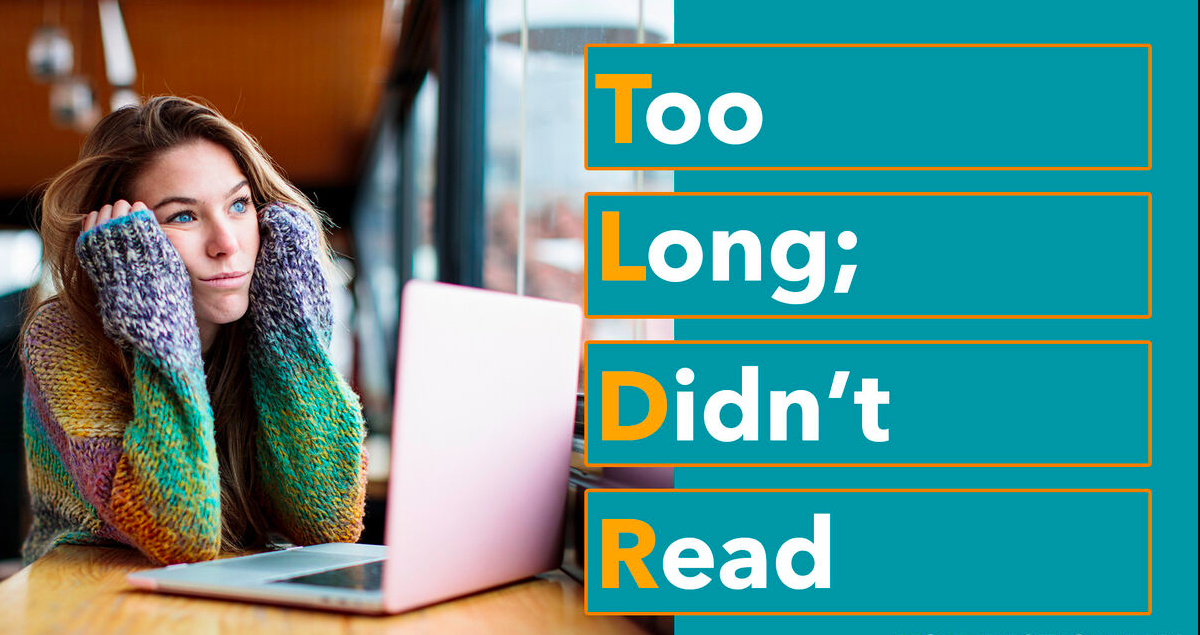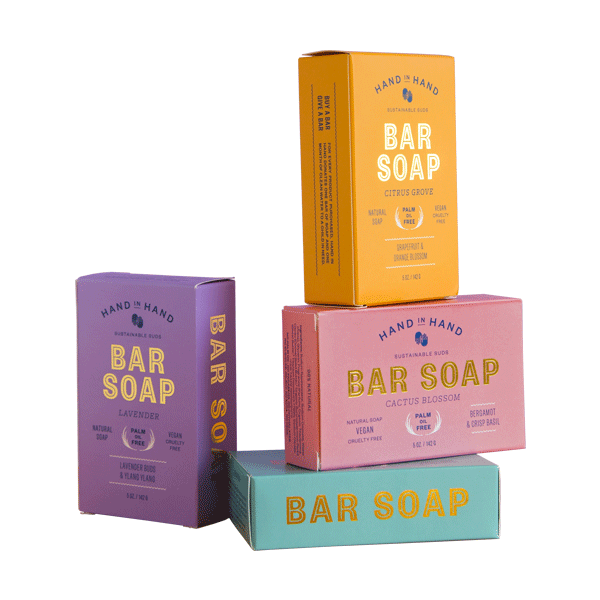In today’s fast-paced digital world, communication is often quick and to the point. One term that has gained popularity in this context is TLDR, an abbreviation that stands for “Too Long; Didn’t Read.” Understanding the meaning and proper usage of TLDR can enhance how we interact in both professional and casual settings. This article will delve into what TLDR Meaning, how to use it effectively, its implications in relationships, and address some frequently asked questions.
What is TLDR Meaning?
TLDR is a shorthand notation used to indicate that a piece of text is too lengthy for the reader to digest in its entirety. Originating from internet forums and online communities, TLDR has become a standard way to signal a summary or a concise version of a lengthy article or message. It is commonly used in emails, blog posts, and social media comments to provide a quick overview without requiring readers to sift through lengthy content. For example, a user might post, “TLDR: The meeting was postponed to next week,” to inform others without detailing the reasons behind the change.
How To Use TLDR Effectively
Knowing when and how to use TLDR can greatly improve communication efficiency. TLDR is particularly useful in situations where you need to summarize long pieces of text, such as emails, articles, or online discussions. Here are some tips for using and TLDR Meaning:
- Keep it concise: The essence of TLDR is brevity. Aim to provide a summary that captures the main points without going into too much detail.
- Be clear and specific: Make sure the TLDR summary is easy to understand and directly addresses the main points of the text.
- Use it in context: TLDR is best used in informal or semi-formal communications. In professional settings, ensure that the summary is respectful and to the point.
For example, if you’re sending a lengthy report, you might include a TLDR Meaning section at the beginning or end, such as: “TLDR: The project deadline has been moved to the 15th of next month due to unforeseen delays.”
TLDR in Relationships: What Does TLDR Meaning in a Relationship?
Using TLDR in relationships can be a double-edged sword. While it can streamline communication, it may also risk coming across as dismissive or unthoughtful. In personal interactions, TLDR might be used to summarize a long conversation or to simplify complex issues.
- Pros: When used appropriately, TLDR can help in quickly summarizing points during discussions, making it easier for both parties to understand each other’s viewpoints without getting bogged down in details.
- Cons: Overuse of TLDR in sensitive conversations might make the other person feel undervalued or ignored. It’s essential to balance brevity with empathy.
For example, if a partner is discussing their day’s challenges, a TLDR might be used to say, “TLDR: Work was tough, but I’m glad to be home now.” While this is succinct, it’s important to engage in the conversation and show genuine interest in their experiences.
Practical Applications of TLDR
TLDR is not just for casual conversations; it has practical applications across various forms of communication. Here’s how you can leverage TLDR effectively:
- Summarizing reports: Including a TLDR section at the beginning of reports or lengthy documents can provide a quick overview for readers who may not have time to read the entire content.
- Social media: On platforms like Twitter or Facebook, where space is limited, TLDR can help condense longer posts into easily digestible snippets.
- Enhancing clarity: Using TLDR can enhance the clarity of your messages by stripping away unnecessary details and focusing on key points.
For instance, in a blog post, you could start with a TLDR summary such as, “TLDR: This blog explains how to use TLDR in digital communication to improve clarity and engagement.”
FAQs about TLDR
What does TLDR stand for?
TLDR stands for “Too Long; Didn’t Read,” indicating a summary or condensed version of a longer piece of text.
Is TLDR considered rude or dismissive?
When used appropriately, TLDR is not necessarily rude. However, in sensitive or formal contexts, it’s important to ensure that the summary is respectful and considerate.
Can TLDR be used in formal writing?
Generally, TLDR is more suited for informal or semi-formal contexts. In formal writing, it’s better to use a more conventional summary or abstract.
How do people react to TLDR in online discussions?
Reactions can vary. Some appreciate the brevity and clarity, while others may feel it lacks depth. It’s important to gauge the context and audience before using TLDR.
Conclusion
Understanding the nuances of TLDR Meaning and significantly enhance how we communicate, whether in professional, casual, or personal settings. By using TLDR effectively, we can make our messages clearer and more engaging, fostering better understanding and connection with our audience. Remember to balance brevity with empathy, especially in personal relationships, to ensure that your communication is both concise and considerate.


